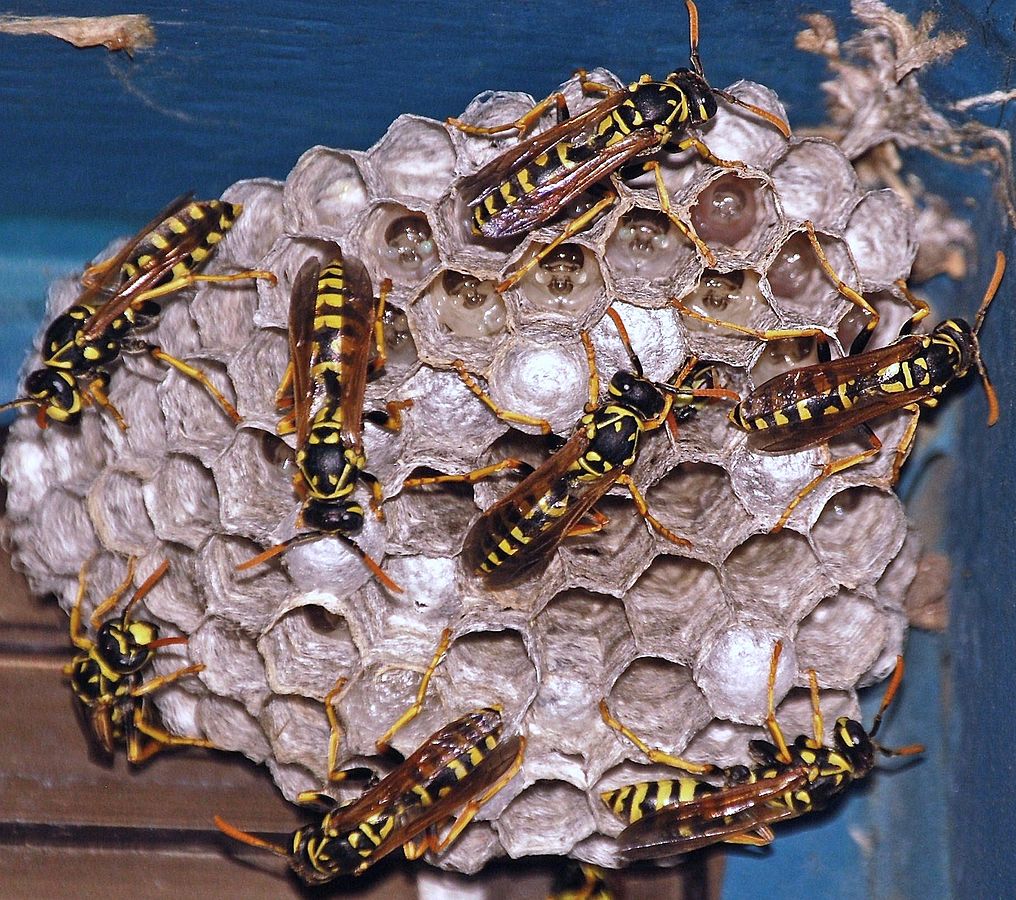Approval has been granted to import and release two new organisms, a hoverfly and beetle, in a bid to reduce plague populations of invasive German and common wasps in New Zealand.
The Tasman District Council applied to introduce the wasp-nest beetle, Metoecus paradoxus, and a hoverfly, Volucella inanis, for biological control of the wasps Vespula germanica and V. vulgaris.
The application quotes research that these wasps cost the New Zealand economy $133 million annually, in damages and management. It says beech forests at the top of the South Island have the highest densities of wasps in the world. There can be up to 30 wasp nests per hectare, each containing many thousands of wasps which kill honey bees and native insects like caterpillars and spiders.
In its application to the Environmental Protection Authority (EPA), Tasman District Council said using the hoverfly and beetle as biological control agents would be a sustainable option to target hard-to-reach wasp populations, and would reduce the damage they cause.
The EPA has found no evidence of either the beetle or hoverfly attacking non-target species, and there are no native or exotic species they could breed with.
Following public consultation late last year, an EPA decision-making committee has now granted approval without controls for the release of the hoverfly and beetle in New Zealand.
“Invasive wasps pose a significant threat, having a negative impact on biodiversity and the food supply of native insects and birds such as kākā and tūī. The wasps also attack beehives, resulting in reduced pollination and honey production,” says the EPA’s General Manager of Hazardous Substances and New Organisms, Dr Chris Hill.
“We are pleased to be playing our part to support conservation and our primary industries.”
The EPA is responsible for evaluating and managing the risks of introducing new organisms into New Zealand, under the Hazardous Substances and New Organisms Act. All hazardous substances and new organisms must be approved before they can be used in this country.
Read the decision (PDF, 574KB)
Read more about biological control agents
Source: Environmental Protection Authority












